Is Land a Current or Long-Term Asset? How to Classify Land on the Balance Sheet
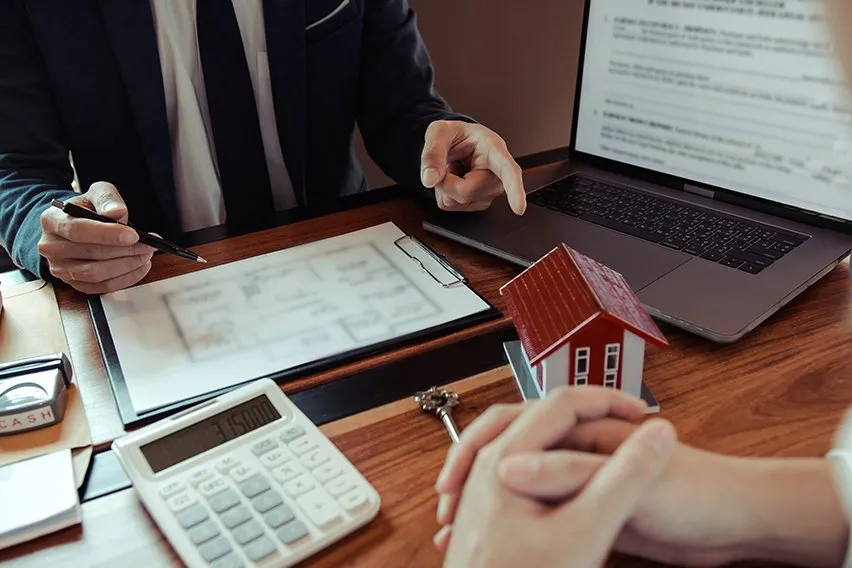
Land is a long-term asset, not a current asset, because it’s expected to be used by the business for more than one year. Current assets are a business’s most liquid assets and are expected to be converted to cash within one year or less. Because land is one of the longer term investments that a business can own, it is categorized as a fixed asset on a business’s balance sheet.
These topics will help you understand why land is classified as a long-term asset:
Is Land a Current Asset or Long-Term Asset?
What Are the Different Types of Assets?
Is a Building a Current Asset?

Is Land a Current Asset or Long-Term Asset?
Land is classified as a long-term asset on a business’s balance sheet, because it typically isn’t expected to be converted to cash within the span of a year.
Land is considered to be the asset with the longest life span. Land cannot be depreciated, meaning you cannot account for its cost by gradually reducing its value over its useful life span. As a result, the useful life span of land is considered to be basically eternal. Because land is typically the least liquid asset a business owns, it’s classified as a fixed asset on your balance sheet.
A balance sheet is one of the three major financial statements that a small business will prepare to report on its financial position. The balance sheet lists a business’s assets, liabilities and shareholders equity, at a specific point in time. It gives a snapshot of what a business owns and what it owes to others.
What Are the Different Types of Assets?
There are two main types of assets that are listed on a business’s balance sheet. The main categories of assets are:
- Current Assets: Current assets are a business’s most liquid assets and are expected to be converted to cash within one year.
- Long-Term Assets: Long-term assets (also called non-current assets) are items of value not expected to be converted to cash within one year.
Example of Current Assets
Current assets are short-term assets that will be turned into cash within a year. Some examples of current assets include:
- Cash
- Cash equivalents, like foreign currency, checks that you haven’t yet cashed and money kept in your checking and savings accounts
- Marketable securities, like investments that will be sold within a year
- Inventory, including finished products and raw materials
- Accounts receivable, which includes the money owed to you by clients for recent invoices
- Prepaid expenses for things like your office rent or utilities

Example of Long-Term Assets
Long-term assets won’t be converted to cash within a year. Some examples of long-term assets include:
• Land
• Property
• Buildings
• Machinery
• Equipment
- Long-term securities:
• Stocks that won’t be sold for cash in a year
• Bonds that won’t be converted to cash in a year
- Intangible assets:
• Copyrights
• Patents
• Franchise agreements
• Goodwill
Is a Building a Current Asset?
Buildings are not classified as current assets on the balance sheet. Buildings are long-term assets categorized under the fixed asset account. Just like land, buildings are long-term investments that a company typically holds onto for several years.
The main accounting difference between land and buildings is that a building’s value is depreciated whereas land is not subject to depreciation.
RELATED ARTICLES


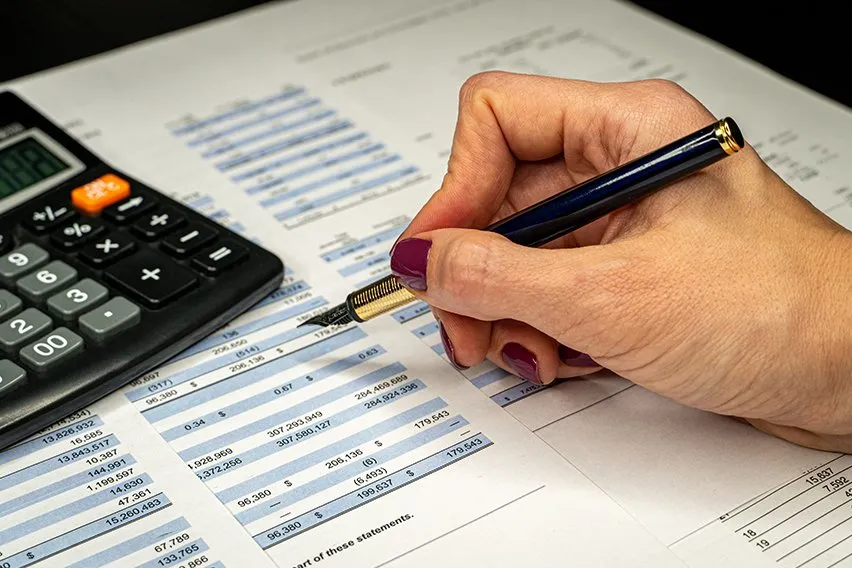 Inventory Write-Off: How To Do It With Examples
Inventory Write-Off: How To Do It With Examples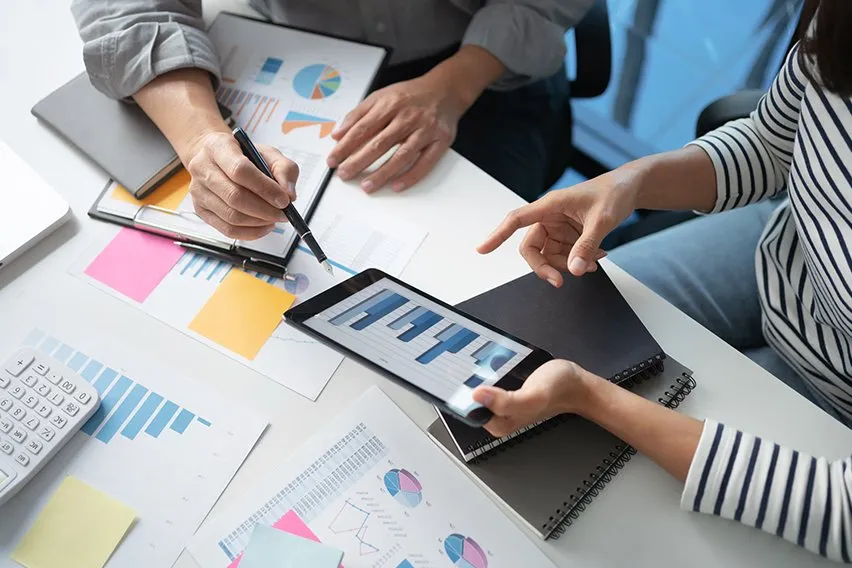 Accounting For Startups: Everything You Need To Know In 2025
Accounting For Startups: Everything You Need To Know In 2025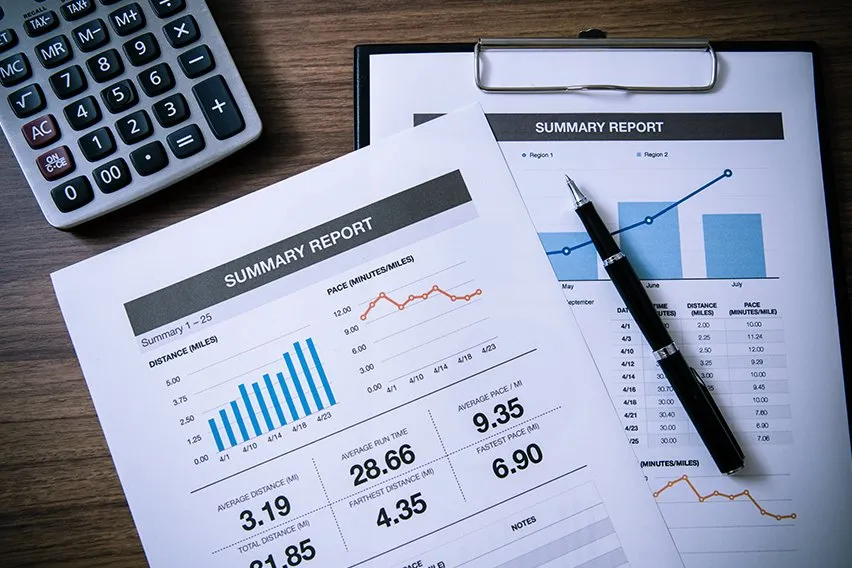 How do you use the Shareholders Equity Formula to Calculate Shareholders’ Equity for a Balance Sheet?
How do you use the Shareholders Equity Formula to Calculate Shareholders’ Equity for a Balance Sheet?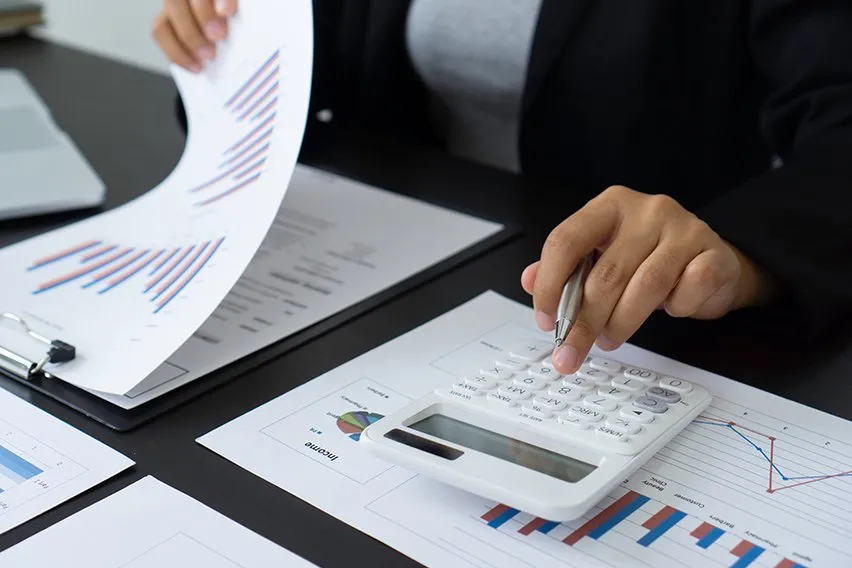 How Do You Calculate Operating Income?
How Do You Calculate Operating Income?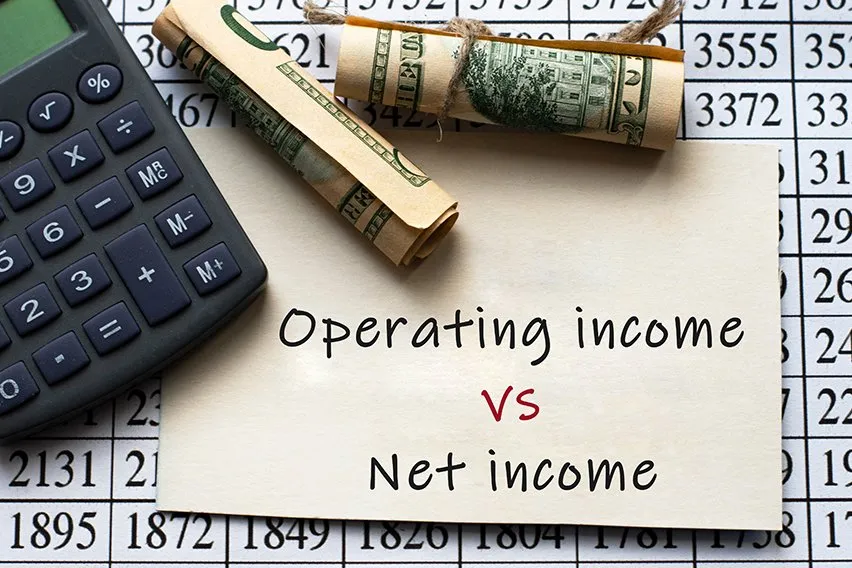 Operating Income vs. Net Income: Which Should You Pay Attention To?
Operating Income vs. Net Income: Which Should You Pay Attention To?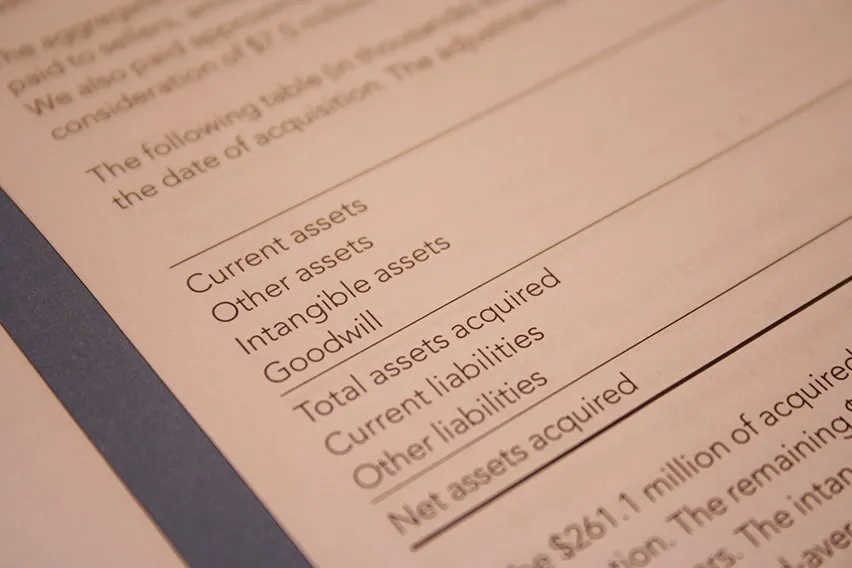 How to Calculate Goodwill of a Business: Step-By-Step
How to Calculate Goodwill of a Business: Step-By-Step